ハンバーガーメニュー
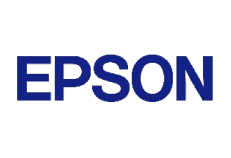
Changing the mindset of employees to remain competitive amid China’s rapidly changing environment
Epson Engineering (Shenzhen) Ltd.
Corporate Management Division, Human Resources and General Affairs Department, Advisor: Takahiro Kuramoto
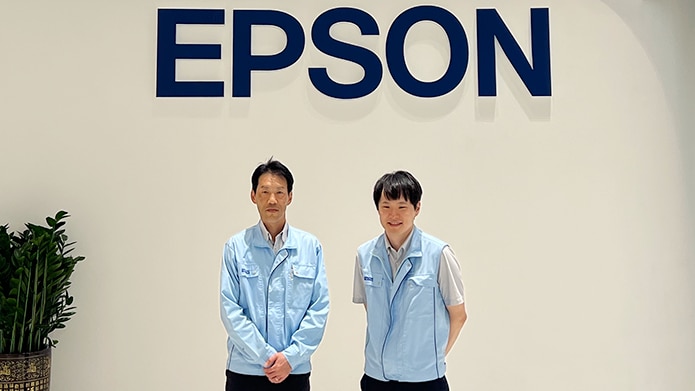
| Business | Epson Engineering (Shenzhen) Ltd. is Epson’s manufacturing subsidiary in Shenzhen, China. The company manufactures and assembles commercial and industrial inkjet printers, office and home inkjet printers, LCD projectors, and industrial robots. It also manufactures inkjet printheads, circuit boards, molds, and other related components (plastic and metal). |
|---|---|
| type of industry |
Machinery and electronics |
|
Number of employees(consolidated) Number of employees(non-consolidated) |
More than 2,001 employees More than 2,001 employees |
Expectation
-
As attitudes toward work in China are gradually changing, we wanted to create an open and transparent organizational culture.
-
We needed to transform our organizational culture to maintain competitiveness in response to environmental changes.
-
We wanted to monitor objective indicators related to “buy-in and empathy with our vision and strategy” and “a positive working environment” to foster a highly engaged organization.
Achievement
-
By viewing data across various segments, such as business units, departments, and job roles, we can improve the clarity of organizational issues that were previously vague.
-
We want to provide support for our busy managers by enabling them to gain a clearer understanding of organizational issues and the actions needed to address them.
For more details, please contact us.
Seiko Epson’s production facility in Shenzhen, China
Business Overview
Mr. Uchida:
Seiko Epson Corporation has large-scale production facilities in China, Indonesia, and the Philippines. Among these, ESL (Epson Engineering (Shenzhen) Ltd.) is largest production base in China. Here, we primarily produce commercial and industrial inkjet printers; inkjet print heads, which are a key component in printers; LCD projectors; and industrial robots.
As chairman & general manager* of the company, I bear overall responsibility for the operations of this production facility.
* In China, the position is equivalent to that of chairman and CEO.
Mr. Kuramoto:
Our company employs around 7,000 people, including about 40 members dispatched from
Japan. My role focuses on general affairs, including HR responsibilities and support for the Japanese expatriates, as well as addressing local HR issues.
If we can’t adapt to environmental changes, we won’t be able to maintain our competitiveness
Background of the introduction of Motivation Cloud
Mr. Uchida:
Since President Ogawa took office at our headquarters in Japan, the company has aimed to create an open and transparent organizational culture that encourages free and open communication. As part of this effort, we’ve been using Motivation Cloud to transform our organizational culture.* Before coming to China, I spent about three years as a Chief Operating Officer in Japan working on organizational culture reform initiatives.
When I arrived in China, I felt that the situation here was similar to the one at our headquarters in Japan when we had started to transform our organizational culture. Just like in Japan, we’re now seeing a movement toward work style reform in China, and as people’s attitudes toward work change, I realized that we needed to create an open organizational culture here as well.
To do this, we first needed to accurately understand the current state of the organization. Since we’d used Motivation Cloud at our headquarters in Japan and seen positive results, I thought it would be best to see if we could take the same approach here in China. So, we started to consult with Link and Motivation without hesitation.
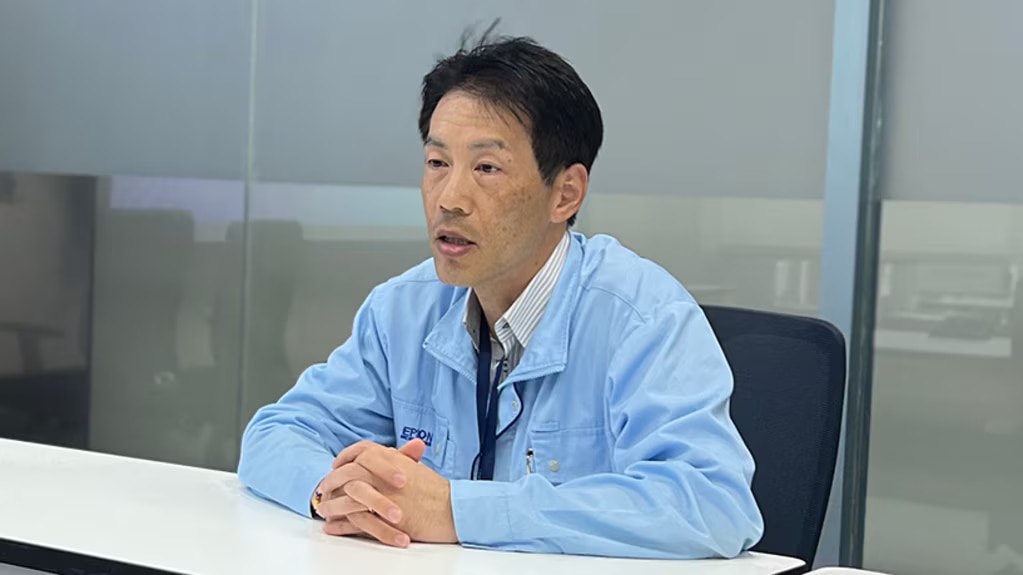
In order to move our company to the next phase, I think it’s crucial that we transform our
organizational culture, including the mindset of our employees. This is because we’re seeing rapid changes in the environment of both the country of China and the location here in Shenzhen.
If we don’t recognize and adapt to these environmental changes, we won’t be able to maintain our competitiveness as a company. For example, there was a time when we chased after improving product specifications based on the belief that if we made good products, they would sell. But today, specs alone aren’t enough to differentiate ourselves.
If employees continue to hold onto the same old mindset and respond in the same way as they did in the past, we’ll get left behind in the market. Each employee needs to be stimulated by the external environment and maintain an awareness that we can’t simply continue the same as always, and that we need to do better.
For example, when recruiting top talent or forming partnerships with suppliers, if we don’t ensure that we have a firm grasp of the changing environment and fail to adapt our strategies and actions to the times, things won’t go smoothly and we’ll likely encounter problems.
Additionally, labor costs in China have been on the rise, and compared with Southeast Asia, it’s becoming increasingly difficult to maintain large-scale, labor-intensive production bases. In light of this challenge, when we asked ourselves how we can become a competitive, value-driven facility, we came to the conclusion that our employees must adopt a mindset of transformation. To achieve this, organizational culture reform is essential, which is why we decided to introduce Motivation Cloud.
Mr. Kuramoto:
The in-house survey we started in 2020 showed a tendency for higher scores compared with the same period at our Japanese headquarters, and the scores have been rising each year. When we reviewed the results, we noticed that many of the employees were giving perfect scores on items that they weren’t dissatisfied with. But we realized that if we continued with this survey approach, we’d end up with the same ambiguous understanding of the challenges. Since we wanted to gather more objective data, we decided to introduce an external survey with a proven global track record.
Improving the clarity of challenges that had previously only been vaguely visible The value of Motivation Cloud
The value of Motivation Cloud
Mr. Uchida:
I’ve used Motivation Cloud since the time I worked in Japan and found it very useful as a system that makes possible fixed-point observation from a third-party perspective.
When looking at the survey data by business unit, department, or job position, the results are clearly different. By looking at the data across various segments, the challenges that we were previously only able to vaguely identify become much clearer, and we can see what measures are needed to address them.
The survey allows us to gain an understanding of the current situation, recognize the challenges, and formulate the appropriate strategies to address those issues. One of Motivation Cloud’s greatest values lies in its ability to observe from a fixed point while running through the PDCA cycle.
Mr. Kuramoto:
Motivation Cloud measures both expectations and satisfaction across 16 key areas, which we had previously only been able to abstractly understand, in a concrete way that allows us to address them in practicable terms. For managers today who are often overwhelmed with work, this is very helpful in prioritizing organizational issues and facilitating proactive communication with employees.
Because I place the greatest importance on understanding how employees are doing, at the end of each meeting, I always check whether each department currently has any issues, and whether their employees are dealing with any difficulties or concerns. Sometimes managers will share their concerns about employees who aren’t able to speak openly, but I tell them what I believe, which is that if they continue to communicate sincerely, the employee will eventually understand, open up, and express their true feelings.
But at the same time, I believe there’s still room for improvement in the wording of questions to make them better suited to the specific countries and regions where the survey is conducted. We’ve found that some questions can be difficult for local employees to grasp when responding, so our HR and General Affairs teams have taken the initiative in ensuring that the intent behind each question is clearly understood in a way that resonates with local staff.
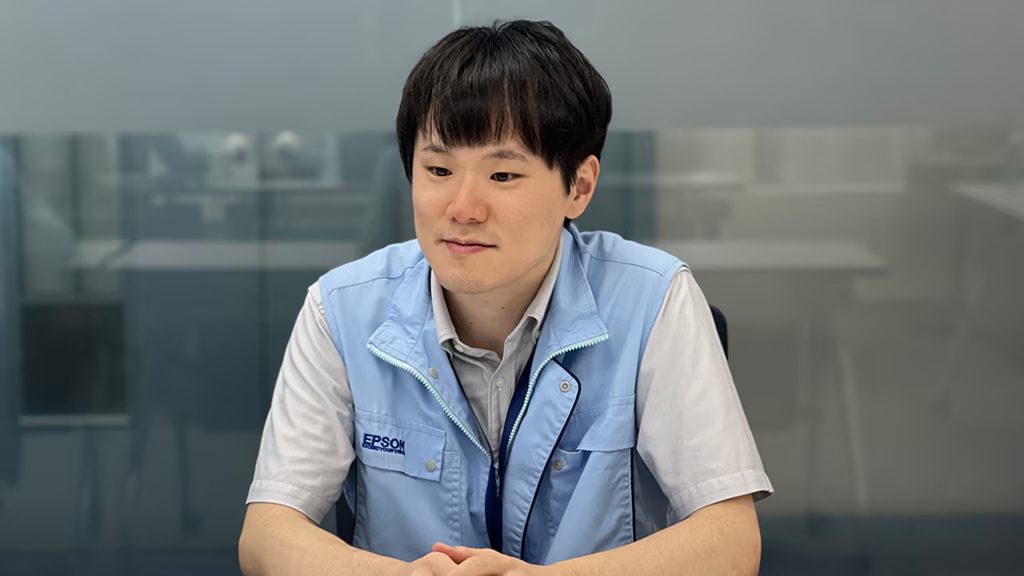
Becoming an organization where employees are motivated to contribute to the company and able to demonstrate their abilities
What we aim to achieve with Motivation Cloud
Mr. Uchida:
I’m constantly saying that I want to make this company an organization with high engagement. To put it simply, a highly engaged organization is one in which each employee fully understands the company’s vision and strategy, and is strongly motivated and willing to contribute by proactively leveraging their abilities.
To create such an organization, we first need to have a vision and strategy. ESL didn’t previously have a clear vision or strategy, so last year we worked on formulating them. In addition, it’s crucial to ensure comfortable working conditions. Motivation Cloud lets us monitor these two aspects—namely “buy-in and empathy with our vision and strategy” and “a positive working environment”—to see how well we are or aren’t achieving them.
Looking ahead, we plan to continue using Motivation Cloud to create a highly engaged organization.
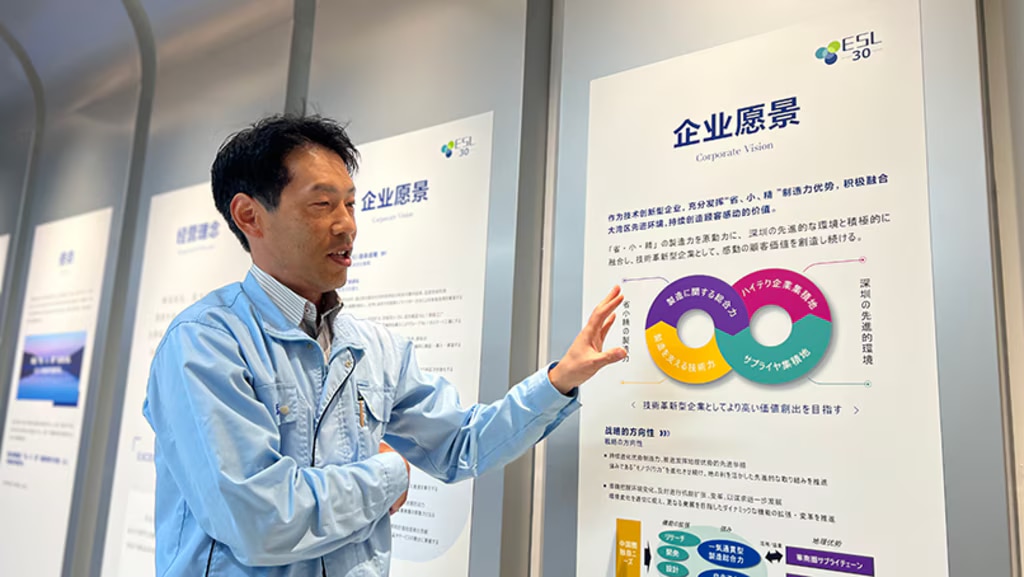
Mr. Kuramoto:
In recent years, managers face a significantly increased range of demands. Characteristic of this reality is that they are now expected to not only manage the business but also engage with each employee, overseeing the training and support of their subordinates. And like the managers, the responsibilities of the HR department have also expanded beyond traditional HR and labor management to include human capital management and diversity. I think we’ve entered an era in which past success stories no longer apply for both managers and HR department.
Under these circumstances, to create a work environment where employees can work more comfortably and feel more motivated, we must assess the state of the company accurately through employee feedback and reflect that into effective action. To begin with, I want to
implement measures to reduce problems related to organizational management for our managers, who have such a strong influence on the workplace.
Mr. Uchida:
You often hear that, in Japan, you work for the company, while in China, you work for the job. This is something that I’ve also felt to be true and, in fact, I think that few of our employees joined the company because they liked the company, and their sense of belonging to the company tends to be lower compared with Japanese employees.
There are many other places where employees can do the same job. That’s why it’s crucial to make employees feel that they want to continue working and stay long-term in the company after they’ve joined. To retain talented people for the long run, we must not only ensure that they’re doing the work they want to do, but also improve the work environment as well as the wages they receive. And we must foster a sense of pride and attachment to the company.
I believe that the abilities and performance of our employees are comparable to those at
other Epson Group locations, or they have a lot of advantages in some respects. When Seiko Epson moved its operations to Shenzhen, the initial goal was to reduce labor costs while increasing production. But with the rise in labor costs, it’s become a challenge to achieve that goal in Shenzhen. As a result, the headquarter may see locations with lower labor costs like Indonesia and the Philippines gain in importance.
But if this happens, we’d risk failing to make the most of the valuable expertise we’ve developed here. That would be a tremendous waste and, ultimately, wouldn’t be in the best interests of the entire Seiko Epson Group.
To avoid this outcome, it falls not just to management, but also to the employees to change their mindset and behavior. Rather than simply doing what the headquarters tells us to do, we need to challenge ourselves with new initiatives and introduce new technologies. By achieving such results, we can make proposals to the headquarters, telling them that we can do things here in Shenzhen that aren’t possible in Japan. By doing so, the headquarters may consider having Shenzhen play a more active role, or entrusting us with even more responsibility. I believe that encouraging this kind of transformation is one of my key roles.
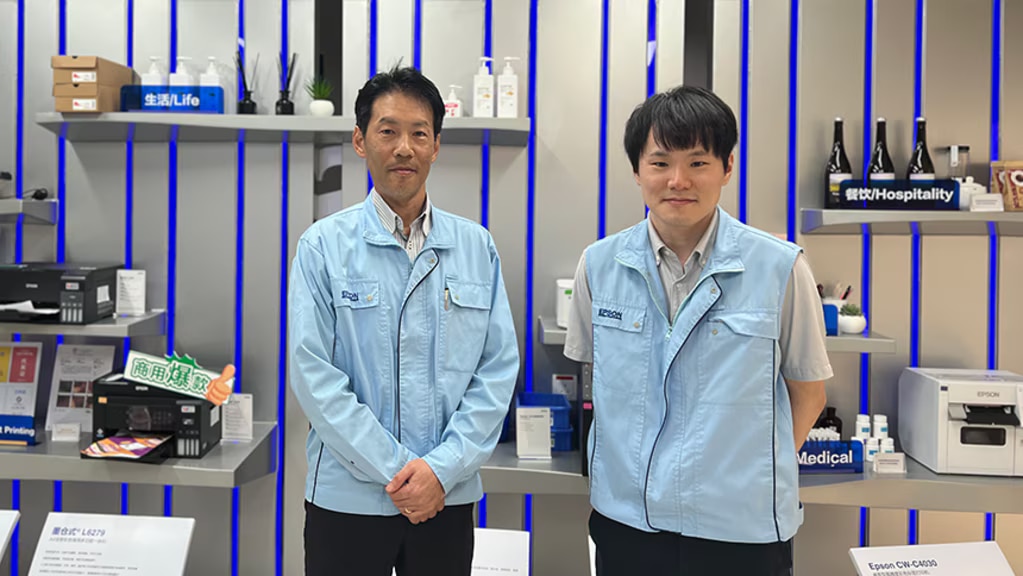
For more details, please contact us.
Contact
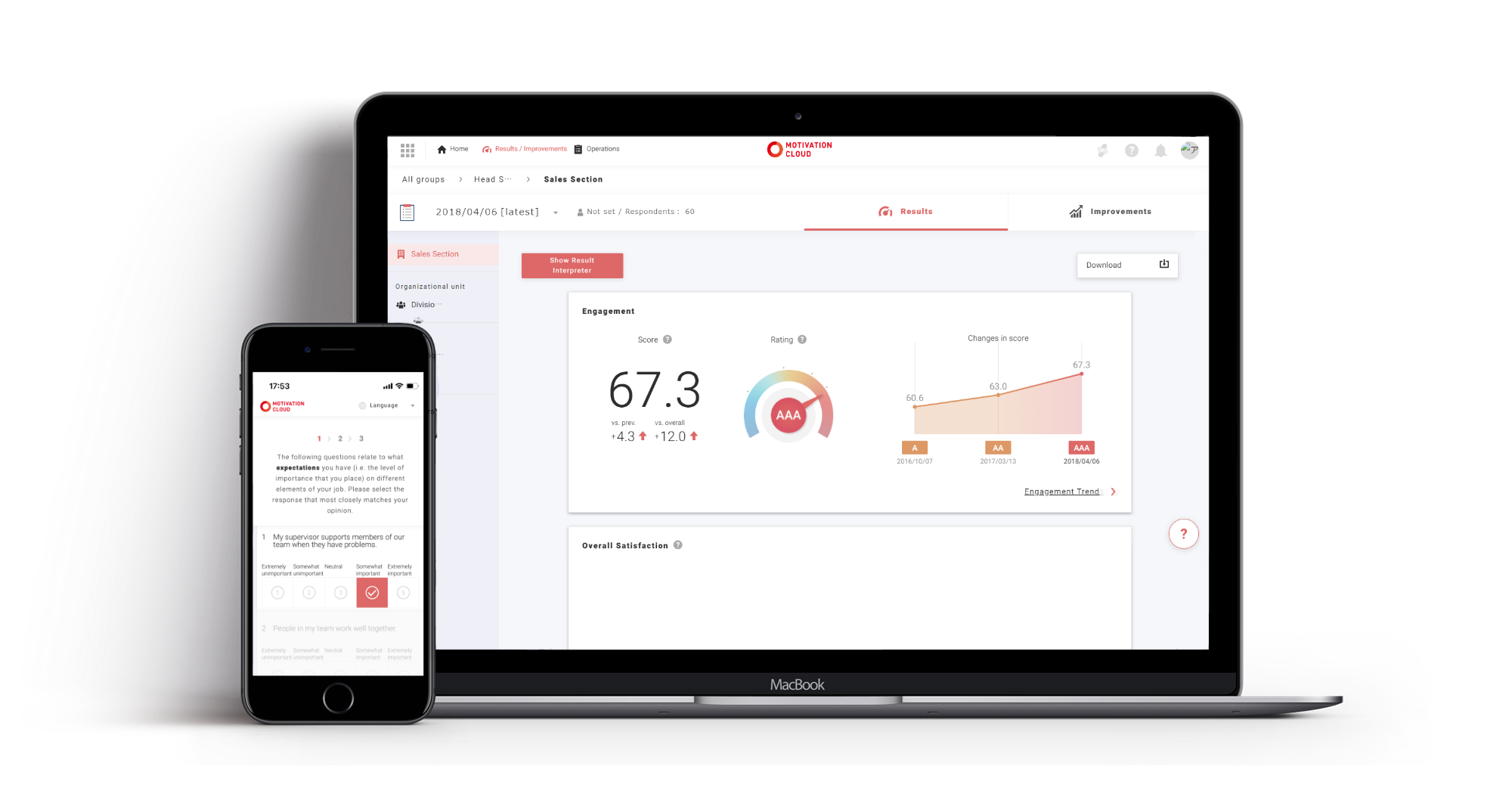
Our representative will contact you according to the inquiry.
Copyright© 2018-2023 Link and Motivation Inc. All Rights Reserved


